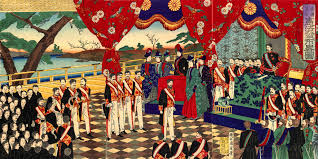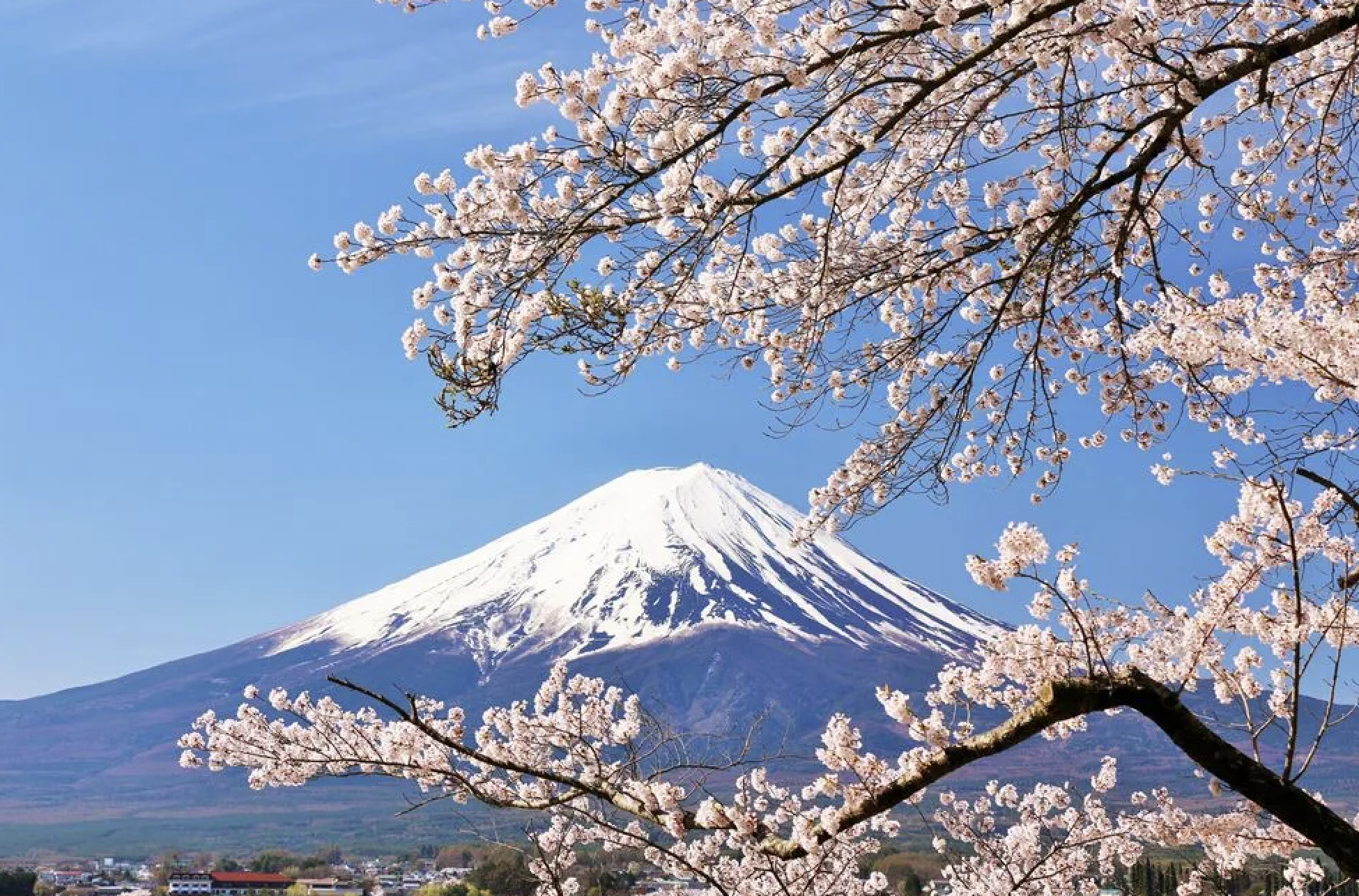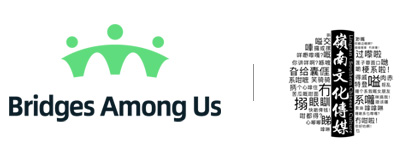Background:
Indigenous peoples in Australia are individuals who descend from ethnic groups inhabiting the continent prior to British colonization. They consist of two main groups, Aboriginal peoples, who inhabited mainland Australia prior to British colonization, and Torres Strait Islanders, whose family heritage traces back to residents of the Torres Strait Islands.
As the British began colonizing Australia in 1788, indigenous Australian communities experienced cultural erasure and forced assimilation. In addition, as British colonizers forcibly seized their lands, indigenous peoples in Australia were subjugated to impoverishment as they lost the traditional lands that had sustained their ancestors. Frontier conflicts, often sparked by disputes over land and resources, also resulted in the loss of thousands of Indigenous lives.
The Stolen Generations were a group of Aboriginal and Torres Strait children who were forcibly removed from their families due to Australian government policy. Legislation such as the “Victorian Aboriginal Protection Act 1869” allowed the removal of indigenous children of mixed descent from their home communities to forcibly assimilate them into white society. Once the children were taken, they were forced to abandon their cultures and forbidden to use their languages. In order to encourage children to assimilate into Western society, children were often told that their families had given them up or had died. While the Stolen Generations primarily refer to the group of indigenous children forcibly removed between 1910 to 1970 in Australia, the impact of this period of history extends to this day as indigenous peoples continue to fight against racial discrimination, advocate for their rights, and cope with trauma.
Despite these historical injustices, Indigenous peoples in Australia have demonstrated remarkable resilience and determination to preserve their cultures, languages, and identities. Today, Indigenous Australians continue to assert their rights, advocate for social justice, and work towards reconciliation with the broader Australian society. However, their story is also important to the international community as it sheds light on broader issues of colonialism, imperialism, and the ongoing struggle for Indigenous rights and recognition worldwide. Not only should students recognize the historical conflict and struggle that has haunted indigenous Australian communities, but they should also learn about and celebrate the diverse and vibrant traditional cultures that have been passed down from indigenous Australian generations.
Objective:
Students will gain an understanding of the cultural heritage, historical experiences, and contemporary issues facing Indigenous peoples in Australia. They will also be encouraged to reflect upon how the struggles that Indigenous peoples in Australia experience are relevant to a broader international context of colonialism, imperialism, and cultural preservation.
Lesson Outline:
1) Introduction
- Engage students in a brief discussion about their knowledge and perceptions of Indigenous peoples in Australia.
- Have you learned about Indigenous Australians before? If so, what do you know about their culture and history?
- What role do you think Indigenous peoples play in Australian society today?
- Why is it important to learn about Indigenous cultures and histories? (not limited to Australian indigenous peoples
2) Historical Background
- Present a timeline of Indigenous Australian history, highlighting key events such as:
- Ancient origins and diversity of Indigenous cultures.
- Impact of British colonization and the establishment of the colony of New South Wales.
- Frontier conflicts, dispossession of land, and the forced assimilation policies of the 19th and 20th centuries.
- Show images depicting Indigenous Australian cultures, traditions, and art forms.
3) Cultural Diversity and Traditional Life
- Discuss the diversity of Indigenous cultures across different regions of Australia.
- Explore aspects of traditional Indigenous life, including kinship systems, spirituality, and connection to the land.
- Introduce students to Indigenous languages and the importance of language preservation.
4) Contemporary Issues
- Examine contemporary issues facing Indigenous Australians, such as:
- Health disparities and socioeconomic challenges.
- Overrepresentation in the criminal justice system.
- Land rights and environmental justice issues.
- Show videos or documentaries that highlight these issues and Indigenous perspectives.
- What is missing in the contemporary representation of the indigenous voice?
5) Cultural Revival and Resilience
- Discuss efforts by Indigenous communities to preserve and revitalize their cultures and languages.
- Highlight the contributions of Indigenous artists, musicians, writers, and activists to Australian society.
- Explore the significance of events like NAIDOC Week and Sorry Day in promoting reconciliation and understanding.
6) Conclusion and Reflection
- Invite students to reflect on what they've learned and how it has impacted their understanding of Indigenous peoples in Australia.
- Why is this topic relevant to them?
- How can American students support Indigenous communities and promote reconciliation in their own lives and home communities?
Culture & History of the Aboriginal Peoples
- https://www.nationalgeographic.com/culture/article/aboriginal-australians
- https://www.survivalinternational.org/tribes/aboriginals
- https://www.australia.com/en-us/things-to-do/aboriginal-australia/culture.html
Culture & History of the Torres Strait Islanders
- https://www.britannica.com/place/Torres-Strait-Islands
- https://deadlystory.com/page/culture/articles/World_s_Indigenous_Peoples_Day/Torres_Strait_Islander_people
The Stolen Generations




